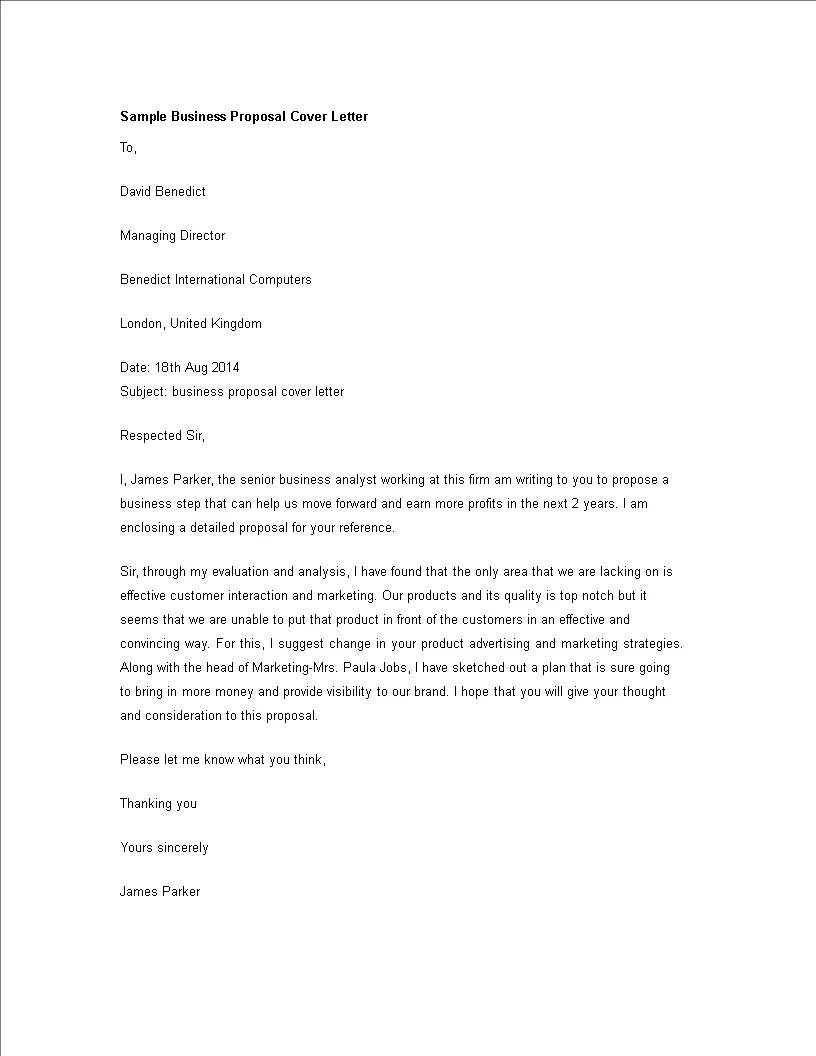What is a Business Proposal Cover Letter
A business proposal cover letter is a crucial document that accompanies your business proposal. It serves as the first impression and a concise overview of the proposal’s key points. Think of it as your sales pitch’s handshake, setting the tone for your entire presentation. A well-crafted cover letter can significantly increase the chances of your proposal being read and considered, ultimately leading to a successful outcome. It’s more than just an introduction; it’s an opportunity to showcase your understanding of the client’s needs and your ability to provide solutions.
The Purpose of a Cover Letter
The primary purpose is to introduce your proposal and capture the recipient’s attention immediately. It briefly explains what the proposal is about, highlights the value proposition, and encourages the reader to delve deeper. It establishes a professional tone and demonstrates your understanding of the recipient’s needs and the problem you’re addressing. Additionally, it serves as a formal means of delivering the proposal, ensuring the recipient knows who it’s from and what to expect.
Why is a Cover Letter Important
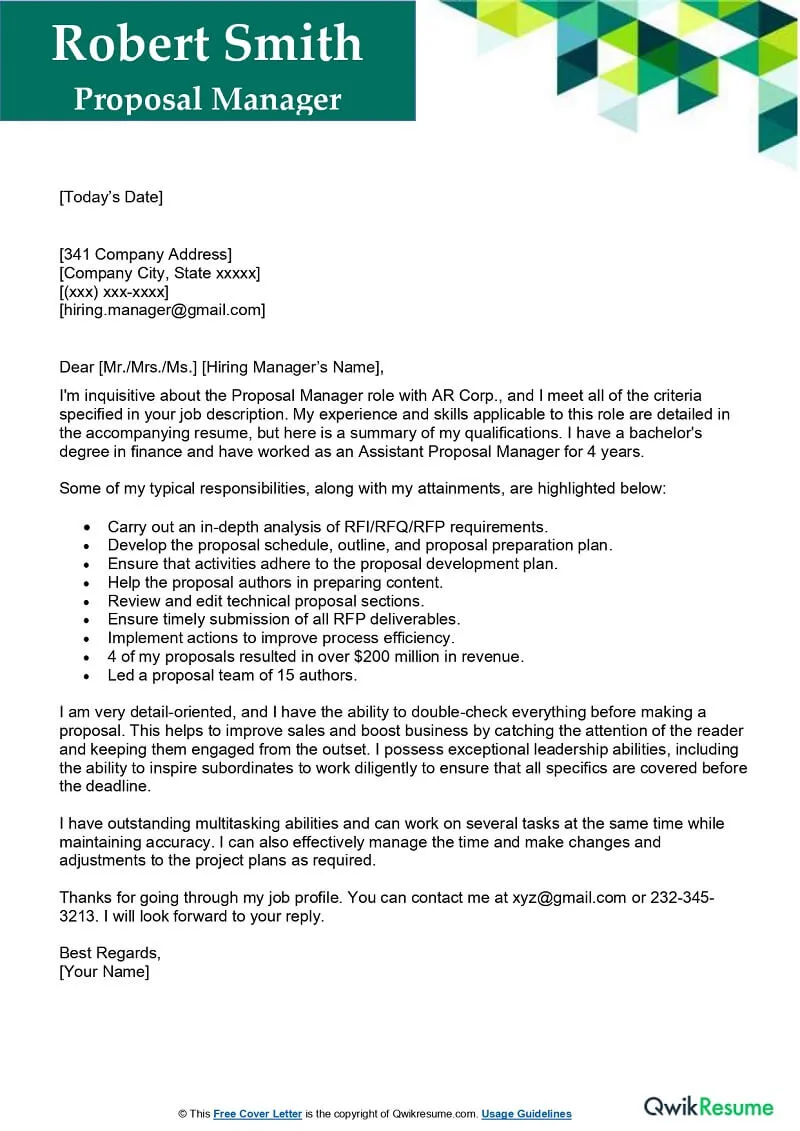
It’s important because it personalizes your proposal. In a world of generic emails and mass-produced documents, a tailored cover letter shows you’ve taken the time to understand the recipient and their specific needs. It builds trust and credibility. A well-written cover letter demonstrates your professionalism, attention to detail, and commitment to providing solutions. It also provides context for the proposal, explaining the problem you’re solving and the benefits of your solution. In a crowded marketplace, a compelling cover letter can be the differentiating factor that sets your proposal apart from the competition. It is often the first thing that the recipient will read.
Key Elements of a Winning Cover Letter
Your Contact Information
Start with your contact information at the top of the letter. Include your name, title, company name, address, phone number, and email address. This allows the recipient to easily reach you if they have any questions or want to discuss the proposal further. Ensure your contact information is accurate and up-to-date.
Date and Recipient Details

Below your contact information, include the date and the recipient’s details. This usually includes their name, title, company name, and address. Addressing the recipient by name shows that you’ve personalized the letter. Double-check the recipient’s name and title to ensure accuracy. Using the correct date ensures that your proposal and cover letter are current.
A Compelling Opening
The opening paragraph is your chance to grab the reader’s attention. Start with a strong statement that immediately identifies the purpose of the proposal and, if possible, mentions a specific need or problem the recipient is facing. Clearly state the proposal’s objective. Consider using a hook, such as a brief anecdote, a question, or a statement about a significant benefit. Keep it concise and focused. The opening should immediately establish your purpose for writing.
Highlighting Key Benefits
In the body of the letter, highlight the key benefits of your proposal. Focus on what the recipient will gain by accepting your proposal. Briefly summarize the problem you are solving and explain your proposed solution. Quantify your benefits whenever possible (e.g., “increase sales by 15%” or “reduce costs by $X”). Demonstrate how your proposal aligns with the recipient’s goals and objectives.
Expressing Enthusiasm and Confidence

Show your enthusiasm for the project and your confidence in your ability to deliver results. Express your belief in the value of your proposal and your excitement about the opportunity to work with the recipient. Use positive and assertive language. Avoid being overly formal or sounding generic. Let your passion for the project shine through.
Call to Action
End your cover letter with a clear call to action. Tell the recipient what you want them to do next (e.g., “review the proposal” or “schedule a meeting”). Provide specific instructions and make it easy for them to take the desired action. Include your contact information again for easy access.
Professional Closing
Close your cover letter with a professional closing, such as “Sincerely,” “Best regards,” or “Thank you.” Include your typed name and your title. If you are sending a physical copy, leave space for your signature above your typed name. Maintain a tone of respect and professionalism throughout the closing.
Formatting Your Cover Letter for Impact

Font and Style
Choose a professional and easy-to-read font, such as Times New Roman, Arial, or Calibri. Use a font size between 10 and 12 points. Maintain consistent formatting throughout the document. Use bolding, italics, and other formatting elements sparingly to emphasize key points. Ensure your cover letter has a clean and uncluttered look.
Length and Structure
Keep your cover letter concise; aim for one page or less. Use a clear and logical structure. Break your content into paragraphs to improve readability. Use headings and subheadings to organize the information and make it easy for the reader to scan. The structure should mirror the business proposal.
Proofreading and Editing
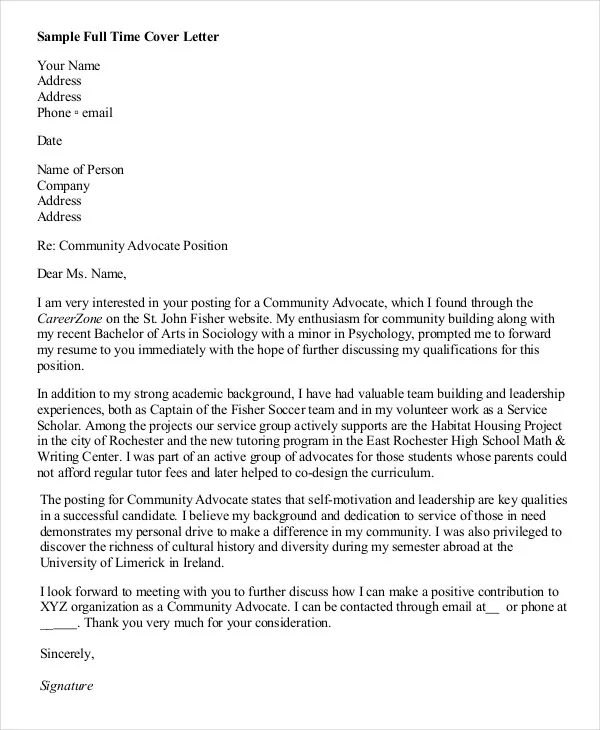
Thoroughly proofread your cover letter for any grammatical errors, spelling mistakes, and punctuation issues. Read the document aloud to catch any awkward phrasing or unclear sentences. Ask someone else to review the letter as a fresh pair of eyes can often spot errors you may have missed. A polished cover letter reflects professionalism and attention to detail.
Examples of Effective Business Proposal Cover Letters
Cover Letter for a Marketing Proposal
In a marketing proposal cover letter, you’ll want to highlight your understanding of the client’s target audience and marketing challenges. Focus on how your proposed marketing strategies will increase brand awareness, generate leads, and boost sales. Include any relevant case studies or examples of past successes in the marketing field. Emphasize the return on investment (ROI) your services can provide.
Cover Letter for a Website Development Proposal
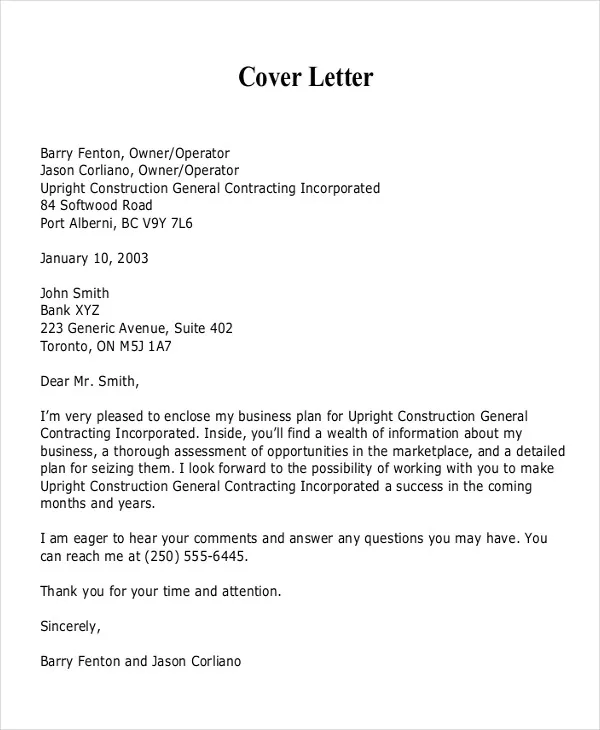
For a website development proposal, focus on the benefits of a user-friendly, responsive, and search engine optimized (SEO) website. Highlight how your proposed website will improve the client’s online presence, enhance user experience, and drive conversions. Mention your experience with similar projects and showcase your ability to create a website that meets the client’s specific needs.
Cover Letter for a Consulting Proposal
In a consulting proposal cover letter, emphasize your expertise and how your services will solve the client’s specific problems. Focus on your experience in the consulting field. Clearly articulate how your recommendations will improve efficiency, reduce costs, or increase revenue. Mention your approach, and showcase any certifications or accolades relevant to your consulting service.
Avoiding Common Mistakes
Using Generic Language
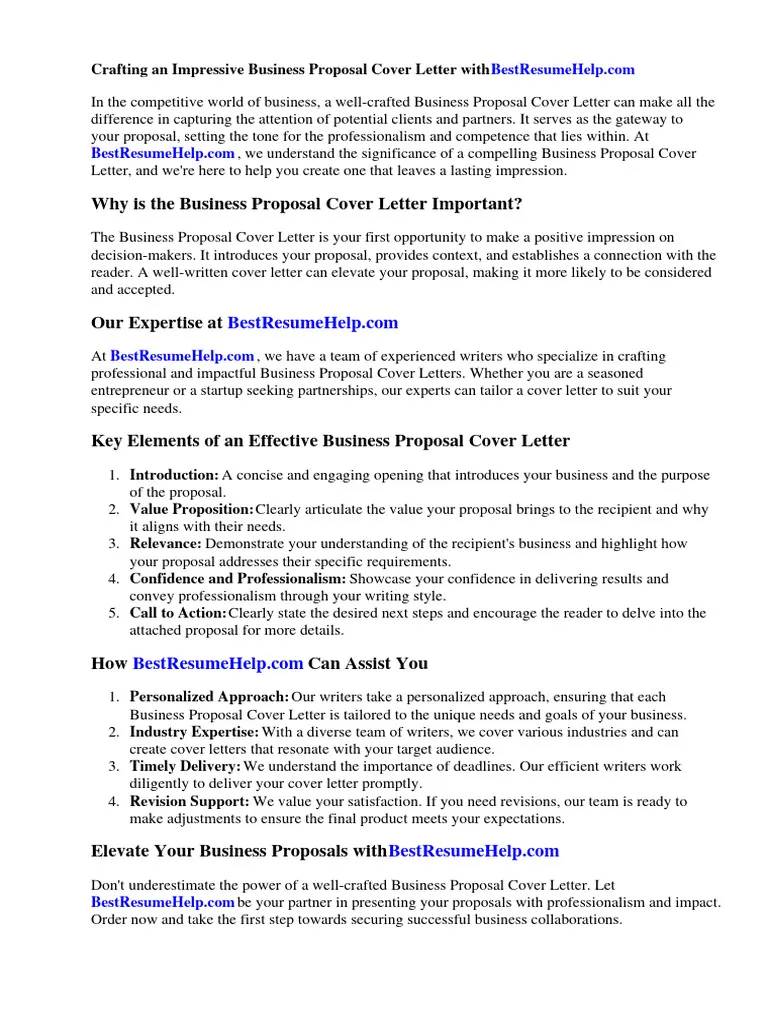
Avoid using generic and impersonal language. Do not copy and paste a template without customizing it for the recipient. Show that you have researched the recipient and their needs, and tailor your language accordingly. Use specific examples and details that relate to the client’s situation. Generic language can make your cover letter sound impersonal and less likely to capture the recipient’s interest.
Focusing Too Much on Yourself
While it’s important to showcase your qualifications, avoid making the cover letter all about you. Instead, focus on the client’s needs and how your proposal will benefit them. Frame your strengths in terms of how they address the client’s challenges. Highlight the value you bring to the table, and avoid boasting or sounding arrogant. Emphasize the solutions.
Failing to Proofread
Always proofread your cover letter before sending it. Grammatical errors, spelling mistakes, and typos can damage your credibility and make a negative impression. Read the letter aloud to catch any awkward phrasing. Ask someone else to review the document as a fresh pair of eyes can often spot errors you may have missed. Proofreading ensures your professionalism and attention to detail.
Conclusion
Crafting a winning business proposal cover letter is essential for making a strong first impression and increasing your chances of success. By following these guidelines, you can create a cover letter that captures attention, highlights key benefits, and encourages the recipient to review your proposal. A well-written cover letter sets the stage for a successful business relationship and demonstrates your commitment to providing effective solutions.
